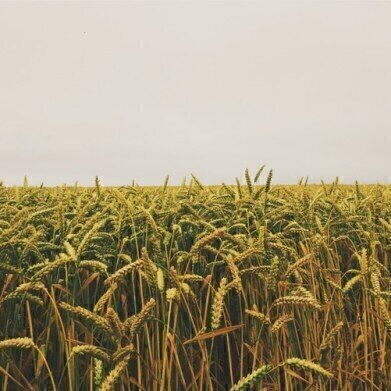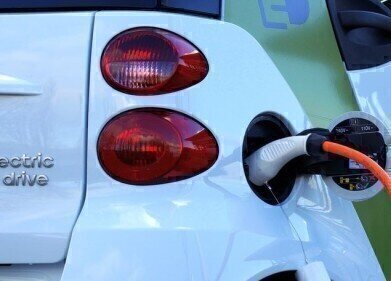Industrial news
What is the Best Chromatography Method for Pesticide Analysis?
Mar 31 2017
The use of pesticides on crops grown for food is a controversial topic. Farmers and food supply companies are keen to get the maximum yield from the land to keep production costs down and to maximise profits; whilst environmentalists are worried about the effect of too many pesticides on the environment and consumers are worried about the effect of too many pesticides on their health.
In a battle that will have many twists and turns — especially if the UK relaxes the rules on pesticide use post-Brexit — it is up to chromatography to provide the data on the nasties that might be lurking on our plate. But which method is best for measuring the pesticides in our food?
Pesticides — a deeper look
Pesticides get rid of pests. The United States Environmental Protection Agency (EPA) defines pesticides as ‘any substance or mixture of substances intended for preventing, destroying, repelling, or mitigating any pest’. This includes insects, weeds or unwanted plants and fungi.
The EPA uses four classes of chemical pesticides:
- Organophosphorus pesticides work by disrupting the neurotransmitter enzyme acetylcholinesterase. They break down on exposure to air and sunlight.
- Organochlorine pesticides act by interfering with insect neurons.
- Carbamate pesticides are esters of carbamic acid. There are many different types and they have many uses including as fungicides, insecticides and herbicides. They are broken down in the environment within weeks.
- Pyrethroid pesticides are analogues of pyrethrin’s produced in flowers. They are widely used in insecticides.
The EPA has approved over 10,000 different types of pesticides using ‘conditional registration’ in the last decade — there are approximately 16,000 different pesticides known. Conditional registration is a fast track scheme on means that all the active ingredients might not have been fully tested for safety or environmental impact.
Chromatography analyses the residues
With so many potential pesticides in widespread use — multiresidue pesticide analysis is one of the main requirements in pesticide testing. And it seems that gas and liquid chromatography are both necessary for a complete picture along with tandem mass spectrometry in the ion transition mode.
Screening samples for so many possible ‘unknowns’ in a sample requires a comprehensive approach — particularly as the pesticides may have many different physiochemical properties. If the test is for a specific pesticide, then the task is much simpler and a search of a method database will show which method is recommended. The QuEChERS method was developed to help in the analysis of pesticides — and is now used in other types of analysis.
As consumers become more aware of what they are eating — the challenges for pesticide analysis will increase, a topic discussed in the article, Challenges Facing Pesticide Analysis and Monitoring - An Interview with Dr. Simone Hasenbein.
Events
May 11 2025 Vienna, Austria
May 18 2025 Tempe. AZ, USA
May 21 2025 Birmingham, UK
Jun 01 2025 Baltimore, MD, USA
Jun 15 2025 Bruges, Belgium














